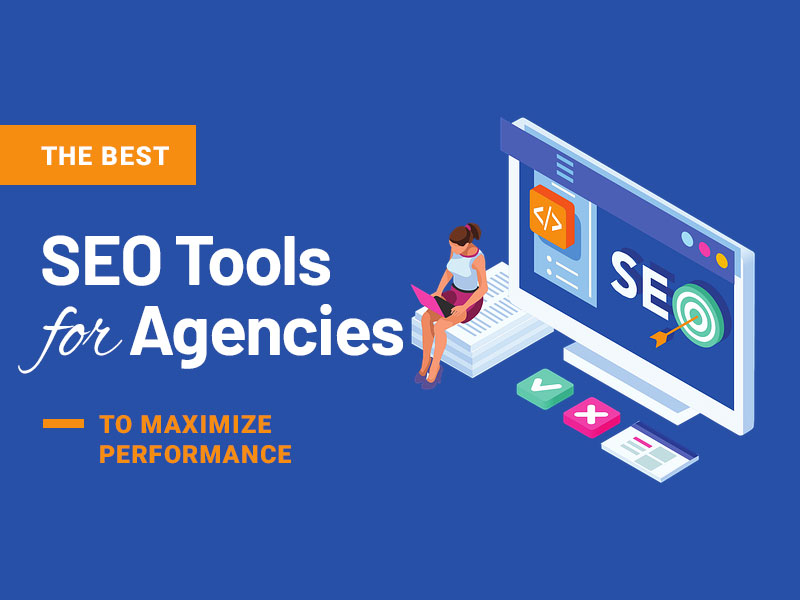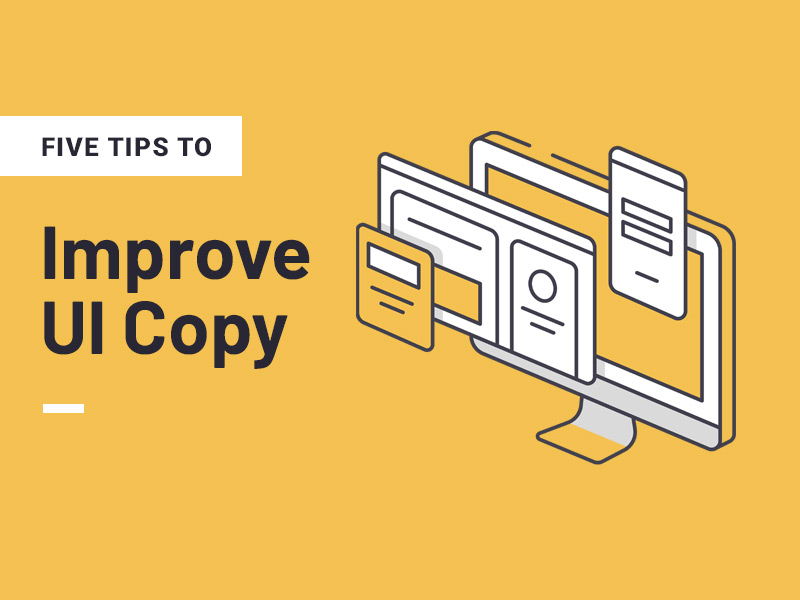A recent study has shown that people are spending more than 6 hours online every day. That adds up to almost 100 days a year, which is an incredible amount of time. All in all, this goes to show just how much the internet has really impacted our everyday lives and the society as a whole. When that figure is taken into account, the reason why businesses all over the world are spending an increasing amount of money on digital marketing becomes clear. There’s simply no easier nor more efficient way to reach potential customers all the time all over the world. And, at the centre of every business’ digital marketing efforts is its website. No matter which marketing channel is being used, all of them come back to your website. This is why a business’s website is generally considered one of its most important foundations and why you have to do everything within your power to make sure it’s always in the best possible condition. There are many tools and methods that can be used to help you with this task. However, recently there’s been increasing talk about two very crucial business processes and the way they work together even though traditional they are thought of not having too much in common. They are SEO and user experience. So, to see what’s going on and how this can benefit your business, today we are going to take a look at some important lessons on how to combine SEO and UX to improve your website.
The connection between SEO and UX
A couple of years ago, SEO was all about website ranking, making sure you were able to get your keywords out there and increasing the visibility of your website. However, with the increasing number of businesses utilising SEO practices and search engines such as Google rolling out new updates that change how website rankings work, the fundamentals of SEO have changed as well. The fact of the matter is that traditional SEO work has only become one half of the process. Important user experience metrics have become crucial for Google’s ranking algorithms and it’s becoming clear that the practices of SEO and UX design have become closely interlinked. The ultimate goal is to implement the best practices from both sides to end up with a website that people won’t only enjoy but that will also be ranked well.

Using SEO to estimate how good your website is
Looking at the data of how successful your SEO campaign has been can give you valuable insights into how well your website is performing as well. As we’ve mentioned, the link between UX and SEO is becoming stronger by the day. This means the performance of your website will directly impact the success of your SEO campaign. So, looking at the data can give you a good foundation and insight into which aspects of your website need improving and which ones are performing well. The good thing about this is that while SEO reporting used to be a long and difficult process, modern SEO reporting tools that have been developed can allow you to save precious time and get the data you need, making this process a quick and simple way to measure your results.
Focusing on speed
One of the most important factors for optimizing both SEO and UX is your website speed. No matter which platform you’re on, if your website is slow to load, people won’t spend much time on it and search engines will prioritize other websites over yours. This means focusing on making sure your website is working as fast as possible is crucial and there are a few general tips you can use. While HD images have become a must-have with almost all users using HD resolution screens, they can cause your website to be slow and take additional time to load. Because of this, it can be a good idea to make use of image compression tools that will save the quality of an image but significantly decrease its size.

Additionally, it’s important to remember the role your website host plays in the speed of your website. If you see web hosting as an expense, you need to minimize you must change your approach. Sharing server space with other websites will dramatically slow your website’s speed, especially if you have a lot of traffic. This is why getting a dedicated server and talking to your web host about possible steps you can take to increase your website speed is something you must look into doing.
Engaging users with your content
The ultimate goal of any business website is to convert visitors into potential customers. A simple rule states that the more time people spend on your website, the more likely they are going to convert. This is another great example of where SEO and UX design interact. An important aspect of any SEO campaign is generating high-quality, informative content people will want to engage with. However, no matter how good your content is, people won’t engage with it if your website is hard to orient around and people can’t find it.
Conclusion
At the end of the day, the link between SEO and UX for website optimization is only going to become stronger as time passes. Major search engines such as Google are constantly releasing new updates aimed at understanding user behaviour and intent, which are changing our understanding of SEO and digital marketing in general. However, the final goal of these changes is clear. In order to please google and get the SEO results you want, you will first have to make sure your users are satisfied.
You May Like:
- The Importance of Microinteractions in UX Design
- Essential UI/UX Design Tools and Tricks for Developing a Website
- UX Design – What it means and why you must pay special attention to it
- Promising Interaction Design Principles For Boosting Current UX Designs
- 10 Best Prototyping Tools for UI/UX Designers
- 15 Collaboration & Prototyping Tools for UX/UI Designers
- 10 Best Tips How to Evaluate a Website Design






